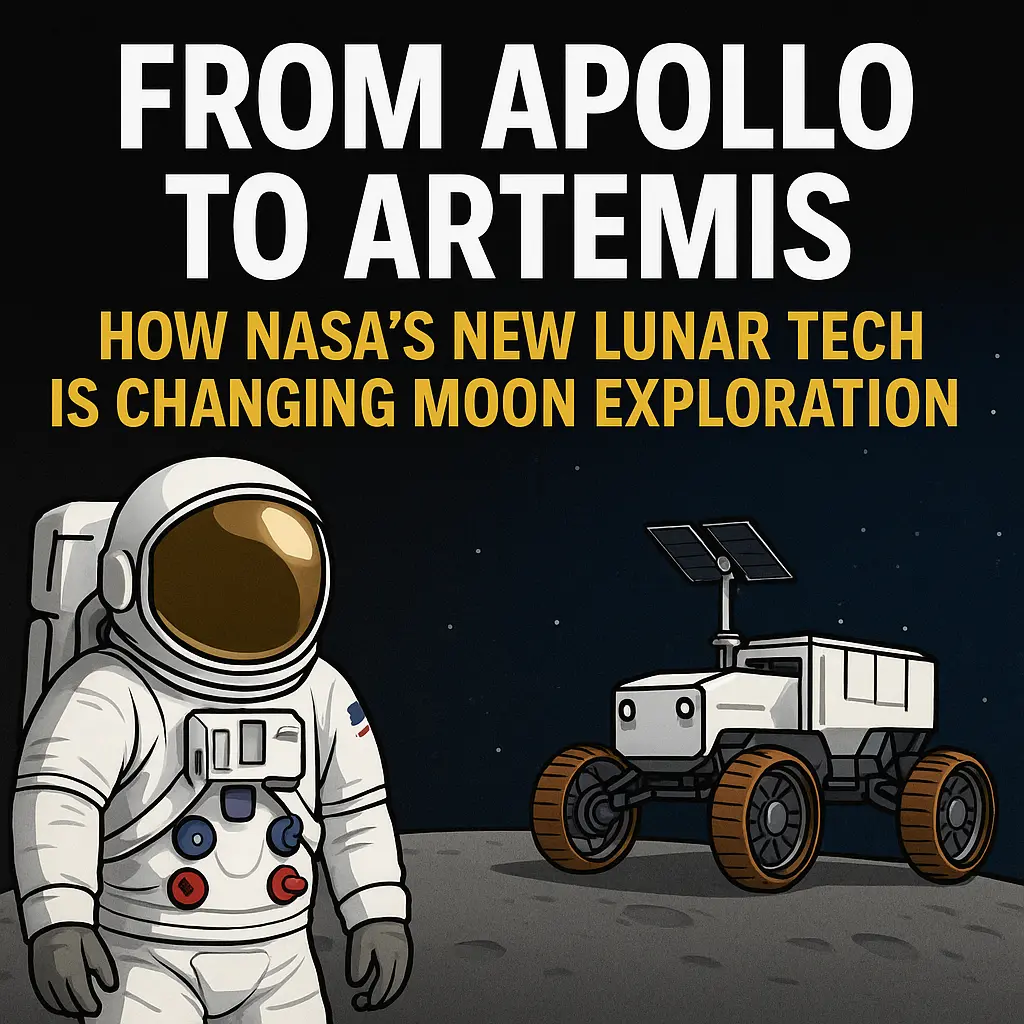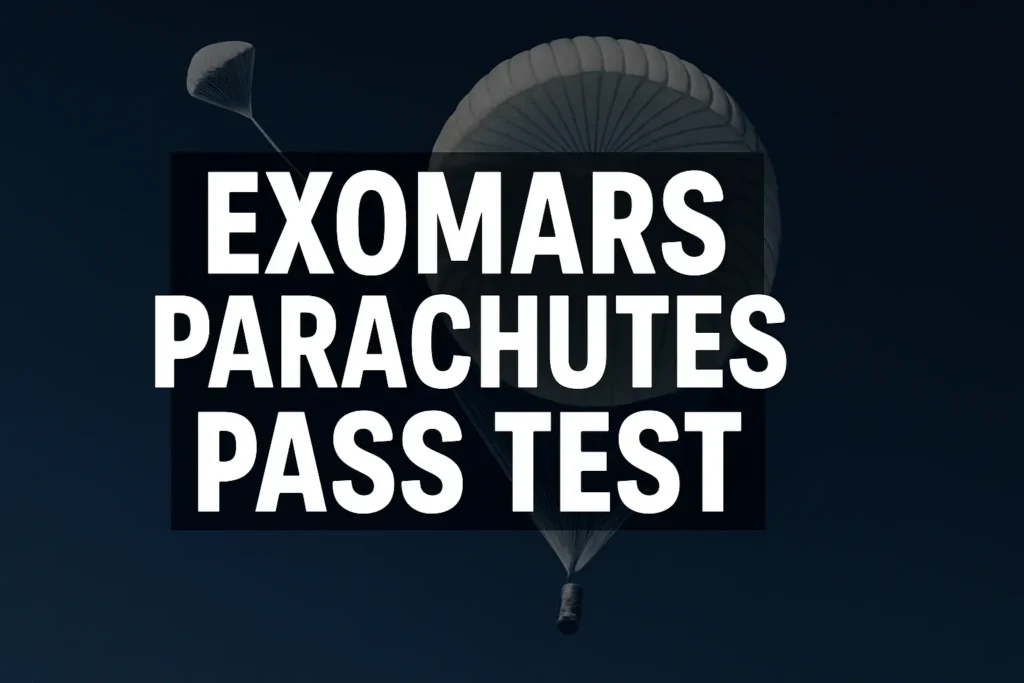NASA’s renewed commitment to lunar exploration through the Artemis program marks a bold leap forward in science, technology, and mission strategy. As the agency prepares for sustained human presence on the Moon, it is instructive to compare this new chapter with the pioneering Apollo missions of the late 1960s and early 1970s. Two recent NASA releases shed light on these advancements: the announcement of new science instruments for the Artemis Lunar Terrain Vehicle (LTV) and a podcast episode discussing lunar landing site selection. Together, they reveal the profound shift from brief exploration to long-term scientific engagement.
Scientific Instrumentation: Artemis vs. Apollo
Apollo-era missions featured a range of handheld tools and deployable packages such as the Apollo Lunar Surface Experiments Package (ALSEP). These were critical for studying surface composition, seismic activity, and solar wind. However, the reliance on astronaut collection and the limited capacity for real-time analysis constrained in-situ science.
In contrast, Artemis missions are integrating sophisticated, onboard scientific instruments into lunar vehicles. The AIRES (Artemis Infrared Reflectance and Emission Spectrometer) will identify and map minerals and volatiles like water by capturing spectral data layered over visual imagery. L-MAPS (Lunar Microwave Active-Passive Spectrometer) will analyze the Moon’s subsurface for ice content, thermal characteristics, and structural features. These instruments allow continuous, high-fidelity data gathering without requiring astronauts to halt operations or return samples to Earth for preliminary analysis.
Mobility and Vehicle Design
Apollo’s Lunar Roving Vehicle (LRV), first deployed on Apollo 15, expanded astronaut mobility, enabling up to 35 kilometers of travel across three missions. However, it lacked onboard instrumentation and operated strictly under astronaut control.
The Artemis Lunar Terrain Vehicle aims to surpass these limitations. Designed for reuse across multiple missions, the LTV will include autonomous or semi-autonomous navigation and real-time scientific instrumentation. These enhancements will enable broader geographic coverage and deeper scientific inquiry over longer durations.
We recently partnered with CuriosityStream, a video platform that makes knowledge accessible to all, and here’s a new Series about New Horizon Space Mission, about its destination, Pluto and its journey
Landing Site Selection: Then and Now
Site selection during the Apollo program focused primarily on safety and visibility. Equatorial, near-side regions were chosen for their flat terrain and optimal Earth communication. While successful, this limited scientific diversity.
Artemis, by contrast, is prioritizing the Moon’s south polar region. This area presents rugged, shadowed terrain but holds immense scientific promise due to the presence of permanently shadowed craters that may harbor water ice. In a recent NASA podcast, experts discussed how landing decisions are now guided by a matrix of safety, long-term operational potential, and scientific value, leveraging decades of orbital mapping and terrain modeling.
Communication and Data Handling
Apollo missions transmitted voice and limited video, with data stored on physical media for post-mission analysis. Artemis will employ high-bandwidth communications, enabling real-time data transmission from instruments like AIRES and L-MAPS. This shift facilitates faster scientific feedback loops and mission adaptability.
Philosophical and Strategic Shifts
The Apollo program embodied a fast-paced, high-risk exploration ethos, aiming to prove human capability and return critical samples. Artemis builds on that legacy but with a philosophy centered on permanence, sustainability, and iterative science. It integrates robotic tools, strategic site planning, and mobile laboratories to transform the Moon into a platform for long-term research.
Conclusion
NASA’s Artemis program represents not merely a return to the Moon but a reinvention of how we explore it. From intelligent rover systems and advanced instruments to strategic landing site selection, Artemis incorporates half a century of technological and scientific advancement. As such, the shift from Apollo to Artemis is a transition from “go and return” to “go, stay, and discover.”


